10 dark secrets of Prohibition in the United States
Categories: History | Society | World
By Pictolic https://pictolic.com/article/10-dark-secrets-of-prohibition-in-the-united-states.htmlIn alcohol, people often find solace in difficult times. Prohibition, introduced in the United States in 1920, deprived Americans of this comfort and condemned many of them to very, very difficult times. Many dark secrets of that time are still not known to everyone.
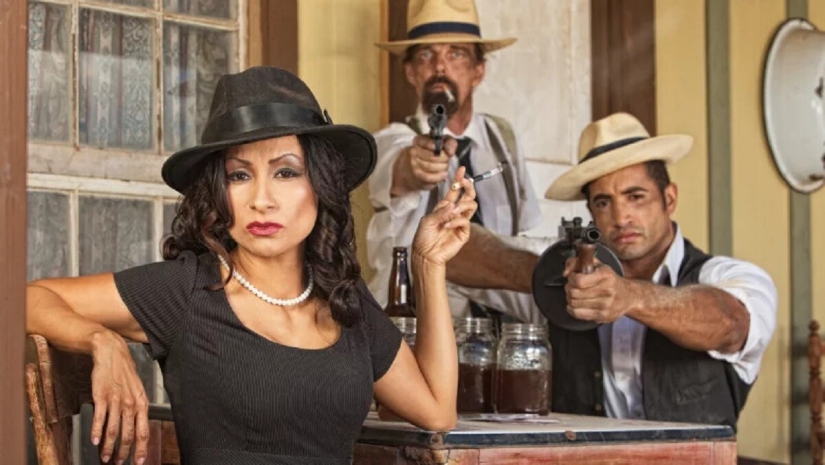
Bootleggers who secretly supplied citizens with illegal alcohol appeared in the first weeks of prohibition. Some of them drove alcohol themselves in secret distilleries, others acted on a larger scale, buying barrels of industrial alcohol used in the manufacture of paints, household chemicals, and medical products.
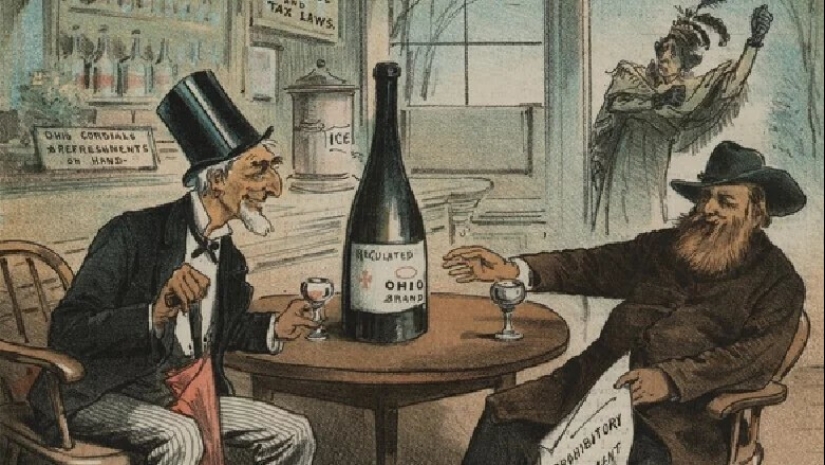
After learning about this, government agents began to add poisons to industrial alcohol – formaldehyde, quinine, mercury salts. The first fatal poisoning by contraband was recorded on Christmas Evening in 1926: then 31 people died from industrial alcohol in New York. Despite this, they continued to add poison to industrial alcohol, but this did not stop the bootleggers. In total, about 10 thousand people died because of alcohol poisoned by the government during the "prohibition".
Before Prohibition, the most popular alcoholic beverage in rural America was apple cider. In order to prevent farmers from joining the "green snake", these orchards were ruthlessly cut down, almost destroying the apple trees in the country by the root.
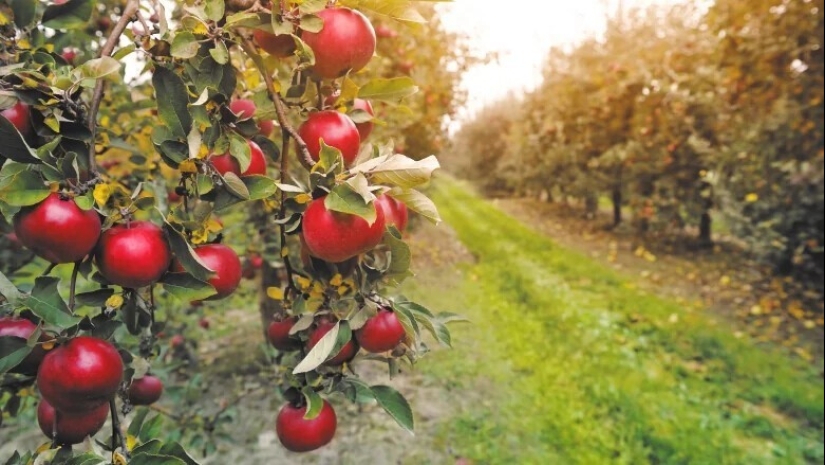
Fortunately, only apple trees of those varieties were cut down, the fruits of which were too small and sour to eat and were used exclusively for cider, but there were most of such orchards in the country. Even the legendary garden of the hero of American legends Johnny Apple Seed suffered: it was also intended for apples "under cider" and was destroyed by the root.
The ban affected not only drinkers, but also the activities of breweries and distilleries. Prohibition had brought them to the brink of collapse, and in order to survive, they needed to find something new to do. Everyone dodged as best they could.
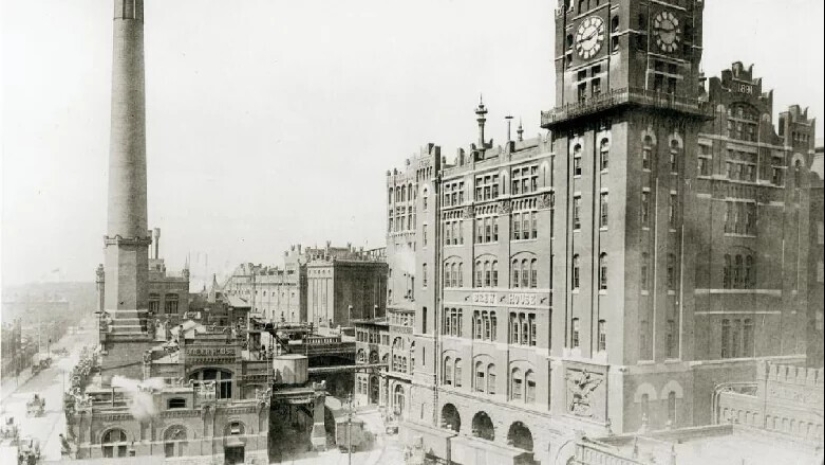
The San Antonio winery in California, founded just a few years before prohibition, has found a great specialty, starting to produce wine for religious institutions. Jungling started making ice cream, which it still sells today, and Anhauser & Busch started making truck bodies, as well as a grain-based soft drink called Bevo.
Coors began making products from industrial ceramics, stamping everything from tea sets to spark plugs. Miller began to produce malt syrups, milk, and carbonated drinks, but things went badly, and the company almost went bankrupt. Other companies such as Lion Brewery and F&M Schaefer Brewing engaged in the production of paints. Since the technique and technology differed little, some companies used the dye business as a cover for the illegal production of alcohol. One such enterprise, Heller & Merz, produced illegal moonshine worth $35,000 a day.
The authors of the law allowed the consumption of alcohol for medicinal purposes and the purchase of it by prescription. Distilleries took advantage of this, through bureaucratic tricks, issuing licenses for the "production of medicines". Special licenses for the production of vital medicine were issued to the whiskey brands Old Fitzgerald, JW Dant and Old Hermitage.
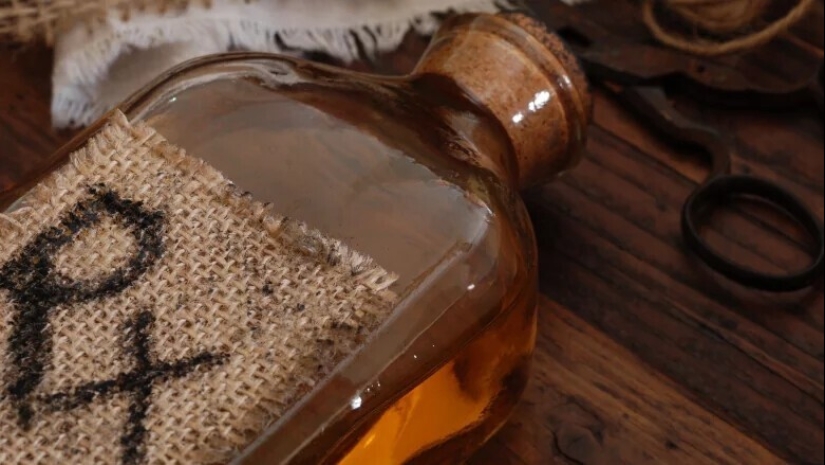
In theory, each pint should have been labeled only for medical use, but in fact, many did not even try to comply with this formal requirement. The recipe itself cost $3 dollars (about $36 at today's exchange rate). Most of the patients who received them did not have the slightest medical need for them. It was just that the doctors were human, too, and used to prescribe whisky to patients "in case of an emergency."
The Ku Klux Klan was one of the most active forces supporting prohibition. And they did it with their traditional methods. The Ku Klux Klansmen set fire to saloons, destroyed coffee bars, hunted down bootleggers and threw them in tar and feathers. There were also murders of the most persistent violators of the law.
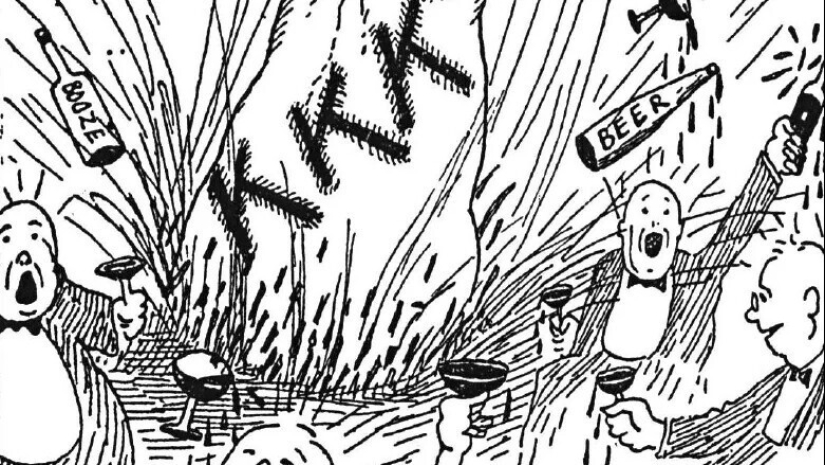
At the same time, in the 1920s, the Ku Klux Klan was quite popular in society and actively worked its way into the legislature. The klansmen's programs provided for the active promotion and expansion of prohibition: the list of proposed punishments for alcohol consumption included exile to concentration camps, public imprisonment in cages, sterilization, and execution of the criminal and all his descendants in four generations.
The same thing happened to the US grape plantations during the prohibition years as happened to the Soviet ones during the Gorbachev era of the fight against drunkenness. Numerous plantations were cut down by the roots. But still the winegrowers tried to keep their business-and so they invented grape concentrate.
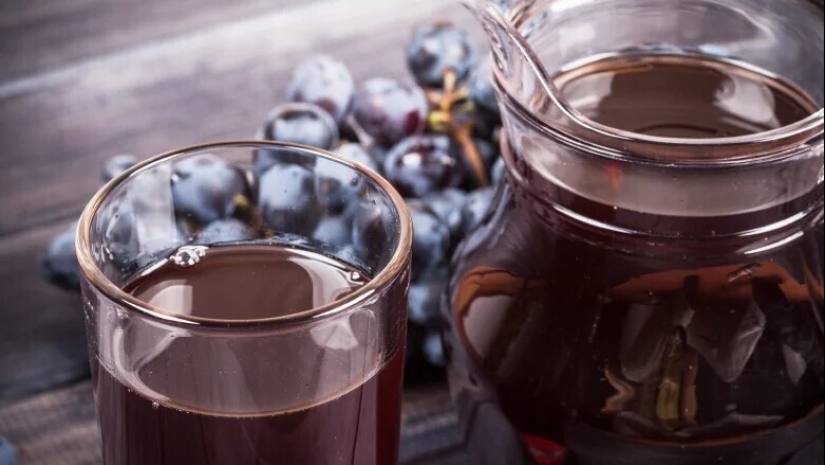
It was a dry grape pressed into a briquette. The buyer could dissolve the concentrate in water and get natural grape juice. The concentrate was accompanied by detailed instructions-warning, in particular, that a jug with diluted concentrate should never be stored in a cool, dark place for 21 days, so that it, God forbid, does not turn into wine. This courtesy earned the product a huge success. And since many growers also destroyed their grapes, the prices of the remaining crop rose sharply – by more than 3,800 percent. The concentrate business was successful.
Not only ordinary Americans protested against prohibition, but also many American politicians. So, Congressman Fiorello LaGuardia actively participated in the protests against prohibition,calling it stupid and illogical.
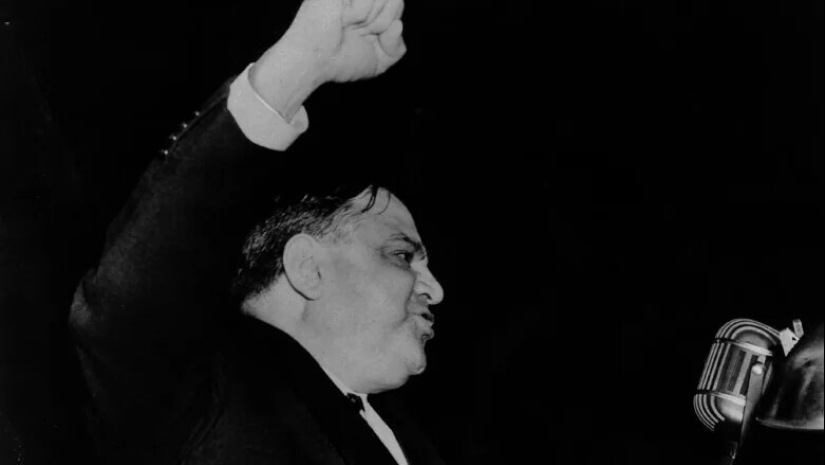
This won him such popularity among New Yorkers that in 1934, immediately after the repeal of prohibition, he easily won the election for mayor of New York and held this position for 11 years.
One of the main defenders of prohibition was the Women's Christian Temperance Union – a public organization that considered the struggle for sobriety its main goal.
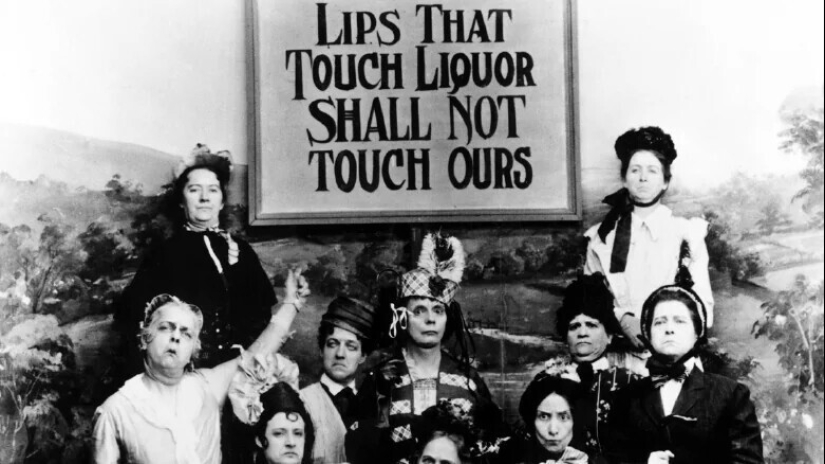
The ladies did their best to promote prohibition to the masses – though with very strange arguments. So, they argued that alcoholism is a hereditary disease, that alcohol stops the growth of children, turns blood into water and is able to convert food that gets into the stomach into poison. Well, the main horror story was that a drinking person can spontaneously catch fire and burn out from the inside due to the interaction of alcohol with the tissues of the body.
American congressmen, of course, voted for prohibition – but many of them were not advocates of sobriety at all. They just didn't think the law was written for them, and a drink or two wouldn't hurt them. So already in 1920, the congressmen had their own trusted bootlegger-World War I veteran George Cassidy.
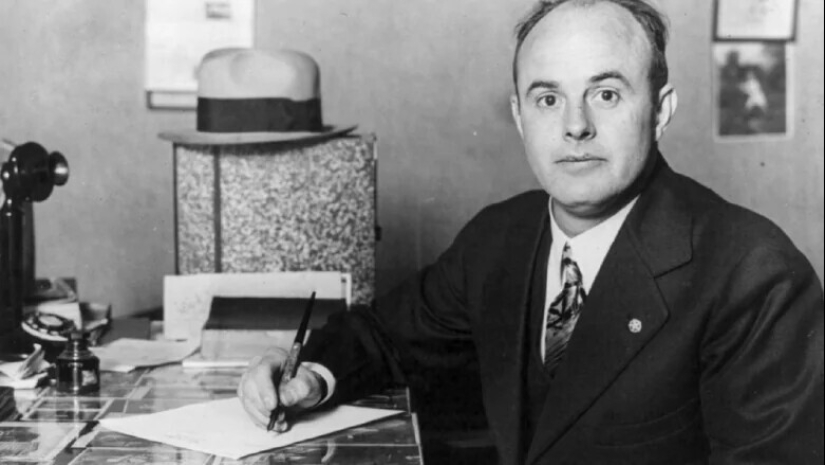
First, someone from Congress used his services, then a non-talkative and effective specialist was advised by colleagues.... Gradually, Cassidy had so many congressional clients that one of his patrons quietly assigned him an office in the Conrgess Building, where Cassidy took orders and handed them out to recipients. When the scam was discovered and Cassidy was expelled from the House of Commons, he moved to the Senate. Cassidy was arrested in 1929 and spent some time in prison, and when he was released, after the repeal of prohibition, he worked in a modest position in a shoe factory. He died in 1967.
In America, during the "prohibition" period, the tincture of "Jamaican Ginger" was particularly popular. It was a real moonshine infused with ginger, but so that the drug could be sold in pharmacies as a medicine, the creators of the recipe added triortocresyl phosphate to it.

The mixture turned out to be a killer-and, alas, in the most direct sense of the word. Those who used the tincture for its intended purpose – that is, inside-received convulsions, tremors and paralysis of the lower extremities. As a result, about 100,000 people were injured, of which about 10,000 were permanently paralyzed.
Keywords: USA | Alcohol | History | Mystery | World | Compilation | Society | Prohibition
Post News ArticleRecent articles

No matter how we strive for positive, but negative feelings and emotions are an integral part of our life. And if you can’t avoid ...

If your mailbox is located outside, this is the first thing that catches your eye when someone comes to your door, whether it's the ...
Related articles

At the word "harem" most people come up with colorful pictures-an abundance of seductive half-dressed women, gurgling water ...

History has known many cases when dwarfs were close to persons of royal blood. But there is only one known case in which a dwarf ...

Indeed, everyone is used to a certain set of gardeners: potatoes, tomatoes, strawberries, onions, peppers and all sorts of greens. ...

At the word "harem" most people come up with colorful pictures-an abundance of seductive half-dressed women, gurgling water ...